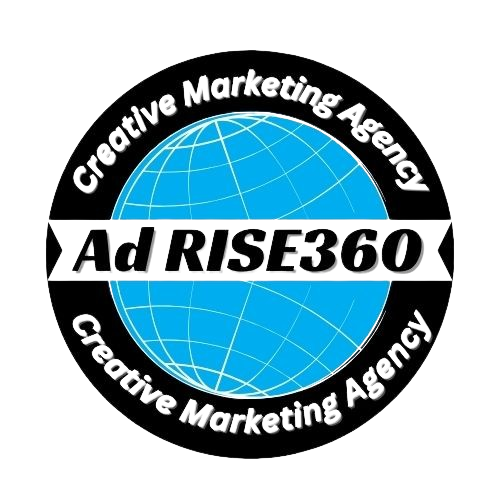Leaving a lasting impression on a prospective client is crucial to the identity and reputation of your business. In spite of the short amount of time we have, we live in a world with an endless supply of options and information. Why must we answer “yes” or “no”? What makes us decide which program to install over another? And what keeps us returning and staying put?
Customers have more options when it comes to who they choose to buy from in a crowded market, and 82% of them base their choice on choosing a company that shares their values and incorporates those values into its branding. Does. Is.
A branded product or service is different from a generic (or non-branded) one in that the former is bought for emotional reasons (like I make you like it) in addition to rational ones (like acceptable quality and fair price). Additionally, brand-name goods and services might fetch greater costs than comparable non-branded alternatives due to the additional emotional factors that go into brand purchases. Because of this, most business owners and organizations wish to establish a brand.
Our instincts regarding an app or publisher usually tell us the answer. Any successful software must have a strong “brand.”
Do the advertisements we see resonate with us? Does the app seem like something you should install? Does the first user experience (FTUE) live up to the promises made in promotional materials? Is there value in this email newsletter? All consumer interactions, from initial, fleeting impressions to sustained loyalty, shape our assessment of a product and its brand.
Customers choose genuine, charismatic brands. a company that represents their goals and values. a company with a narrative to tell.
Let’s Understand What is a Brand?
A brand is a collection of visual assets, stylistic choices, and other resources that work together to generate a consistent image. A brand encompasses more than just a logo, name, or slogan. It could encompass almost anything that affects your company’s reputation, such as the tone of your messaging or your employees’ dress code. Your brand is defined by how the public perceives you.
A great brand image distinguishes your firm from the competitors. If you can make a great impact on your target audience, generating leads and retaining existing clients will become easier in time. This could lead to organic marketing as devoted customers feel compelled to promote your company.
Follow These 7 Steps to Create a Strong Brand for any Business.
- Step 1: Discover and Develop Your Brand’s Purpose.
Remember that consumers buy brands for emotional reasons. There are numerous possibilities for any given product or service, and individuals like to purchase brands that reflect their ideas, views, and motives because it seems right to them. Based on Simon Sinek, “People do not purchase what you do; they buy why you do it.”
Strong, successful brands have a clear purpose; a set of established values, a philosophy, a guiding principle, and/or a mantra that resonates with individuals who share them. Fundamental questions to ask yourself when you construct your new brand should include things like:
Why am I (or are we) here?
How does my brand differ?
Why should people care about my brand?
These are vision/mission-related questions that go beyond the specific features and benefits of your product or service, yet they are crucial in convincing your target audience(s) to choose your brand over similar products and/or services.
- Step 2: Brand identity.
The brand identity shows your app’s personality and is easily identifiable by users. Brand identity is also important for attracting new users to your brand. Make sound design selections based on your brand and marketing plan. Be as market-appropriate as possible while simultaneously being bold. Exciting images inspire consumers and help your app stand out from the pack.
Key factors of brand identity include:
1. Logo
2. App Icon
3. Key art
4. Photography
5. Typography
6. Theme
7. Color palette & lighting
8. Layout
- Step 3: Identify your audience.
Before you can figure out how to establish a brand, you must first consider who it is intended for. Clearly identifying your target customer is a simple step in brand development, yet different people respond to different tones, visuals, and brand personalities. If you begin by considering what that audience is searching for, you will have a much easier time building a brand that engages and connects with them.
Create buyer personas to easily identify your target audience. A buyer persona is a rough sketch of the ideal lead you wish to sell to. It should include fundamental information like age, location, and income, as well as more detailed information like political beliefs, product use cases, and any related companies they purchase from. Of course, as your company grows and sales increase, you will inevitably discover more about your target demographic.
- Step 4: Know Your Competitors.
Understanding what your competitors are doing and saying in the market is critical as you establish your brand, and it will remain so throughout its existence. In order to effectively differentiate yourself from your competitors, you must first understand the perceptions they have in the minds of your target audience.
An easy and effective way to organize the strengths and weaknesses of your competitors’ views is to utilize a perception model like this one:
Observation of their messaging, customer reviews/social media comments, and primary opinion research among their customers will offer you with a “received view” and an idea of what brand strategy each of your competitors is doing.
